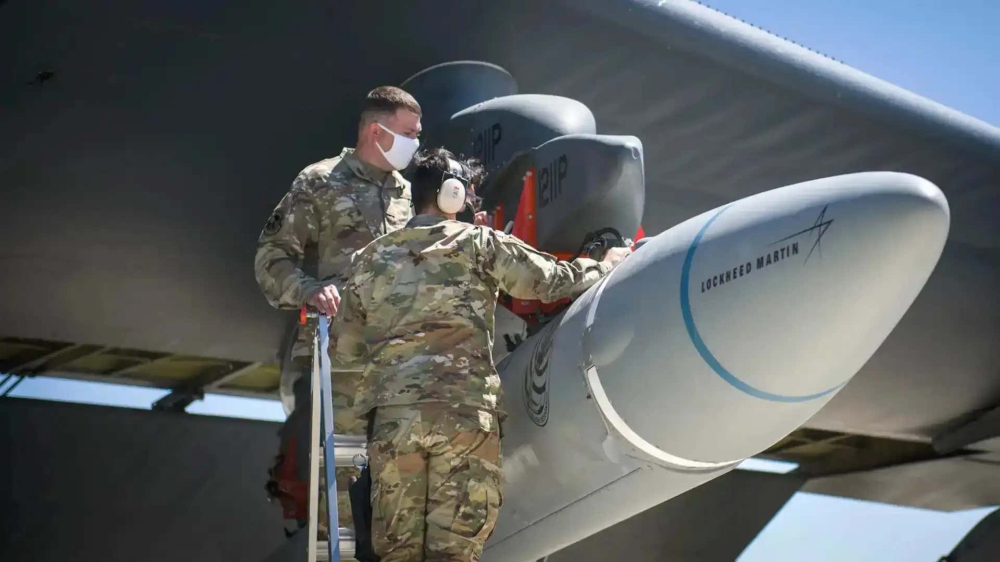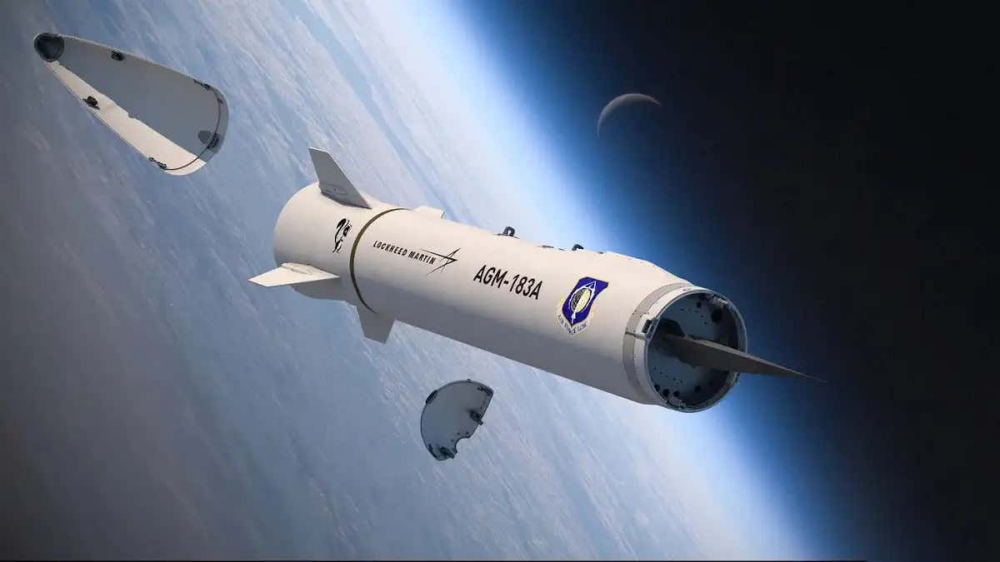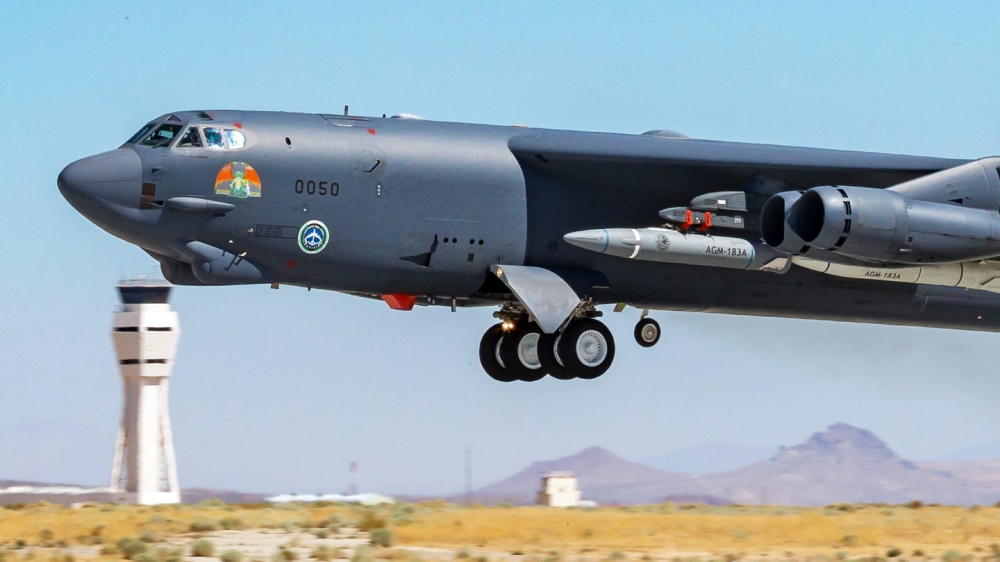The U.S. Air Force has failed for a third time to conduct a successful test of the rocket booster on a prototype AGM-183A Air-Launched Rapid Response Weapon hypersonic missile, or ARRW.
This can only add to the palatable frustration within the service, as well as elsewhere in the U.S. military and in Congress, about the progress, or lack thereof, in the testing of various new hypersonic weapons.
The Air Force Life Cycle Management Command’s Armament Directorate confirmed to The War Zone today that another attempted ARRW flight test had failed on Dec. 15, 2021. The Air Force says that it has not yet determined the cause of the issue that led to the test being aborted. The prototype missile never left the wing of the B-52H bomber carrying it.
“On 15 Dec. 2021, the Department of the Air Force attempted a booster test flight of the AGM-183A Air-Launched Rapid Response Weapon (ARRW) from a B-52 Stratofortress,” Air Force Brig. Gen. Heath Collins, the service’s Program Executive Officer for Weapons, told The War Zone in a statement. “The launch sequence was aborted before release with an unknown issue. The missile will return to the factory and analysis of the telemetry and onboard data will begin immediately. The program will seek to resume flight test as quickly as possible.”

An AGM-183A Air-launched Rapid Response Weapon test article under the wing of a B-52H bomber during an earlier test
This comes some five months after the second attempt to conduct this flight test of the ARRW’s rocket booster. The Air Force deemed that test in July to have been a partial success, even though the rocket did not ignite as intended, because the prototype weapon separated safely from the B-52H bomber that it had been loaded onto and provided an opportunity to evaluate other aspects of the launch procedure.
The Air Force’s first attempt had come in April. In that case, as in this latest test, an unspecified issue forced the mission to be scrapped and the weapon remained on the wing of the B-52H the entire time.
The primary goal of this particular test has been to demonstrate the rocket booster’s ability to perform as intended. The Air Force had hoped to conduct three successful booster tests this year ahead of the start of testing of prototypes with actual hypersonic boost-glide vehicles loaded inside them.

An artist’s conception of an AGM-183A right before releasing its hypersonic boost-glide vehicle payload – Lockheed Martin
As designed, ARRW uses the rocket to boost the entire weapon to a designated speed and altitude, after which the nose cone breaks apart and an unpowered hypersonic boost-glide vehicle is released. That vehicle then glides back down toward its target at hypersonic speed, defined as anything above Mach 5, while following a shallow, atmospheric flight path. It will also have a high degree of maneuverability, allowing it to make erratic course changes that, together with how fast it is moving, make it extremely difficult for opponents to spot, track, or otherwise react to, let alone defend against.
Source: The Drive

